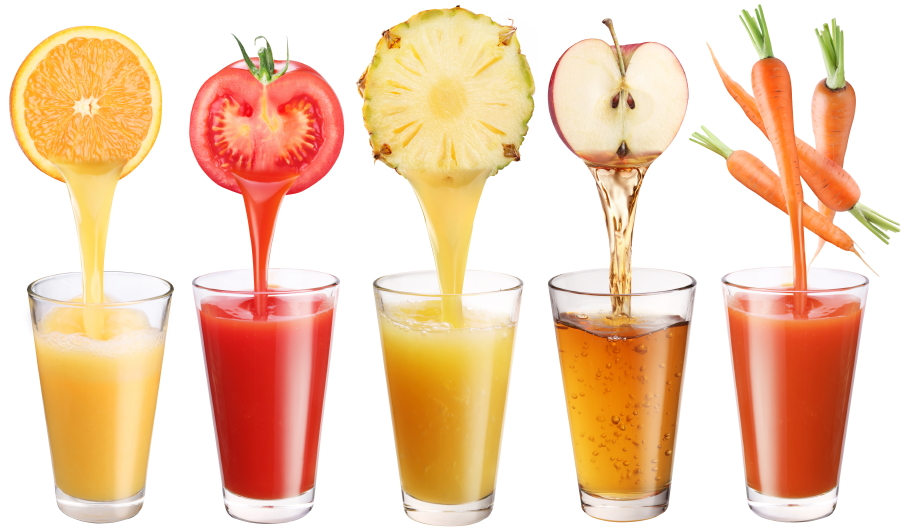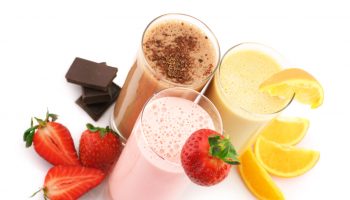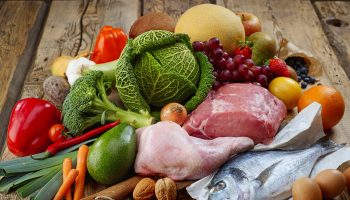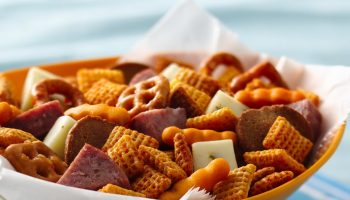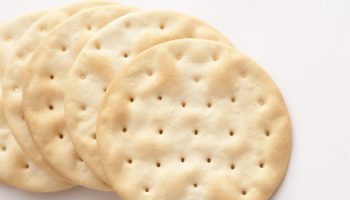Like the name suggests, liquid diets mean you’re getting all, or at least most, of your calories from drinks.
Some liquid diets are limited to fruit or vegetable juices, or shakes, that replace all of your meals, taken three or four times a day. You do some of these diets on your own. Others need medical supervision.
Other types of liquid diets replace just one or two meals (usually breakfast and lunch) with drinks, and then you eat a healthy dinner. You may also get snacks on some of these plans.
Liquid Diet Foods
A clear liquid diet helps maintain adequate hydration, provides some important electrolytes, such as sodium and potassium, and gives some energy at a time when a full diet isn’t possible or recommended.
The following foods are allowed in a clear liquid diet:
- Water (plain, carbonated or flavored)
- Fruit juices without pulp, such as apple or white grape
- Fruit-flavored beverages, such as fruit punch or lemonade
- Carbonated drinks, including dark sodas (cola and root beer)
- Gelatin
- Tea or coffee without milk or cream
- Strained tomato or vegetable juice
- Sports drinks
- Clear, fat-free broth (bouillon or consomme)
- Honey or sugar
- Hard candy, such as lemon drops or peppermint rounds
- Ice pops without milk, bits of fruit, seeds or nuts
Any foods not on the above list should be avoided. Also, for certain tests, such as colon exams, your doctor may ask you to avoid liquids or gelatin with red coloring.
Tips for Going on a Liquid Diet
When, how to skip solid food
People with Crohn’s disease often struggle to digest food, particularly when symptoms flare up. Sometimes a liquid diet is the answer.
However, check in with a doctor or dietitian before going on a solely liquid diet (anything more than a meal or two).
Commercial drinks
Even if your Crohn’s disease symptoms are under control, you may still have trouble keeping on weight.
If so, have a bottle of Ensure or Boost along with meals or make yourself a drink that has 200 to 300 calories, Freuman says.
Liquid can help a flare
Liquid meals can be lifesavers during flare-ups, when symptoms like diarrhea, cramping, and constipation are at their worst.
Rosenau recommends consuming as many calories, either as liquids or solids, as you can tolerate during flares.
Make it convenient
Making your own liquid meals can save money and be convenient if you make a batch and save it in the fridge.
Skip the milk
“One thing across the board that would be true of almost everyone who has Crohn’s disease is that they are unlikely to tolerate dairy products in a flare,” Rosenau says.
After a flare, try to reintroduce dairy such as yogurt, to see if you can tolerate it, Rosenau says.
Watch the sugar
Look for liquid meals that contain calories from fat and protein so you know that not all the calories are coming from sugar.
Artificial sweeteners may be a problem
Sugar-free products are not necessarily diarrhea-free, Freuman points out. They often contain sugar alcohols that can make diarrhea worse. (Look for ingredients like mannitol, sorbitol, and xylitol.)
Get your vitamins
Vitamin deficiencies can plague people with Crohn’s, depending on the location and severity of their disease.
People often have vitamin B12 and vitamin D deficiencies, especially if the disease affects the ileal or lower section of their small intestine, as is often the case, says Stephen Hanauer, MD, chief of gastroenterology, hepatology, and nutrition at University of Chicago.
Damage higher up in the small intestine is associated with deficiencies in zinc, iron, and B vitamins.
Explore your options
When it comes to liquid meals, taste and tolerance vary between people almost as much as Crohn’s disease itself, Dr. Hanauer says.
You might find that brands like Ensure or Boost upset your stomach, or you don’t like the taste. “I hear from a lot of people that they’re intensely sweet,” Rosenau says.
Luckily, there are other options in your grocery or natural foods store. Rosenau says that some of her clients do really well with Mix1 protein shakes and GoodBelly juices, which are dairy-free and contain probiotics.
Make it tasty
It can be a challenge to spark your appetite, especially if you are limited to liquid meals.
Chew your food
A common dietary tip for people with Crohn’s disease is to chew your food well.
You can also make solids easier to digest by cooking them well—think mushy, boiled vegetables or rice. These steps can make the solids you eat (or reincorporate after a flare) go down almost as smooth as the liquids.
Plan for a Liquid Diet
Breakfast
You can start your morning off with fruit juice without pulp and, depending on your doctor’s orders, you may be able to eat cooked cereal like oatmeal or cream of wheat or rice, especially if you thin it down with extra milk. Milk and liquid nutritional supplements, such as Boost or Ensure, are also included on this diet. You can add variety throughout your seven-day diet by rotating different types of juices and cereals. You can also have fruit smoothies made with yogurt and pureed skinless and seedless fruits, or some kefir, which is a type of drinkable yogurt. If you need to add calories, include honey or maple syrup to sweeten your smoothie and cereal, and use a little melted butter on the cereal as well.
Lunch and Dinner
A pureed soup is a good choice for lunch and dinner. You can make your own or use an already prepared soup. If you puree it yourself, you may need to strain it to catch any chunks. Consider adding yogurt, avocado or silken tofu to add more nutrients. You can increase your protein intake by adding skim milk powder or protein powder to the liquids or using a meal replacement drink. Serve your soup with tea with lemon and honey, milk or a glass of vegetable juice. Strained baby foods without lumps can also be eaten on some liquid diets, although you may need to thin them with water, milk or broth.
Desserts and Snacks
You’ll only be able to eat so much liquid food at one time, so have snacks as well as meals, especially if you aren’t trying to lose weight. Milkshakes, gelatin with whipped cream, pudding, sherbet, ice creams without any chunky add-ins, fruit juice bars and ice pops, and custard-style yogurt are all allowed on a liquid diet.

